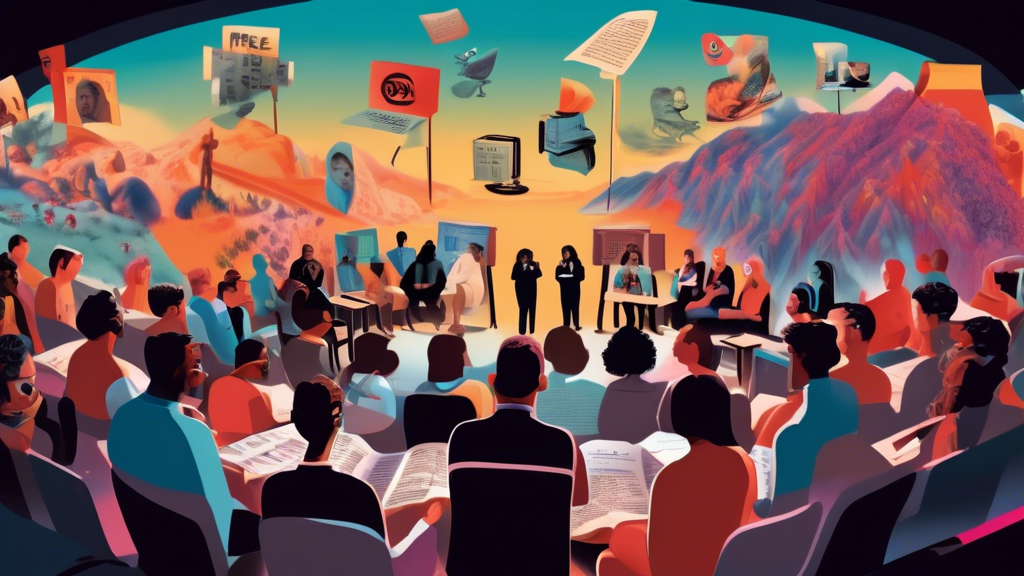
Deepfake Ban Halted: A Victory for Free Speech in Gavin Newsom’s California?
In a significant turn of events, a recent California legislation aimed at banning AI-generated deepfake content was halted by a federal court, igniting a passionate debate over free speech rights and the integrity of political discourse in the age of advanced technology. This article delves into the details surrounding the legislation, the judicial response, and the broader implications on First Amendment rights.
Legislation Aimed at Deepfakes
Governor Gavin Newsom, in an effort to combat the proliferation of misleading deepfake videos, signed a bill into law that specifically sought to ban AI-generated content in the context of elections. This legislation was part of a broader initiative to enhance the transparency and accuracy of political campaigns, recognizing the increasingly sophisticated capabilities of artificial intelligence in creating deceptive content.
Judicial Blockage
However, just two weeks following the signing of the measure, Senior U.S. District Judge John A. Mendez issued a ruling blocking the implementation of the law. The judge described the legislation as overly broad, warning that it could unconstitutionally infringe upon free speech rights and comedic expression. His decision highlighted a critical balance between protecting the electorate and ensuring unimpeded dialogue.
First Amendment Concerns
The core of Judge Mendez’s ruling centered on the First Amendment, which safeguards the free exchange of ideas. He argued that the law operated more like a “hammer” than a nuanced “scalpel” needed to address the complexities of modern digital communication. Notably, the ruling outlined that while the law was blocked, an exception was made for audio-only recordings that required verbal disclosure of any digital alterations.
Legal Challenge
The legal challenge that led to this ruling was spearheaded by Chris Kohls, a commentator known as Mr. Reagan on the social media platform X. Kohls had created a parody video mockingly portraying a campaign advertisement by Kamala Harris, which he asserted was an exercise of his First Amendment rights. The case illustrates the growing friction between regulation and creative expression in the digital landscape.
Public and Political Reactions
The decision to block the deepfake ban was met with enthusiasm from free speech proponents. Prominent figures like Elon Musk, who had shared Kohls’ parody on social media, voiced strong opposition to the legislation, framing it as a potential constitutional violation. In contrast, Governor Newsom’s office maintained optimism, confident that a balanced approach could be achieved that would respect both free speech and necessary regulatory measures against the misuse of deepfakes.
Broader Context
This legal turmoil emphasizes the ongoing struggle to navigate the intersections of technology, free speech, and electoral integrity. As artificial intelligence evolves, policymakers grapple with the challenge of regulating deepfake content without encroaching upon fundamental rights guaranteed by the Constitution. The halted legislation is merely one instance in a wider discourse about how societies can protect their democracies in an era marked by rapid technological advancement.
In conclusion, the recent developments in California illustrate the complexities of legislation aimed at digital content regulation in the political realm. As the debate continues, the questions surrounding free speech versus election integrity will remain at the forefront of political and legal discussions.
